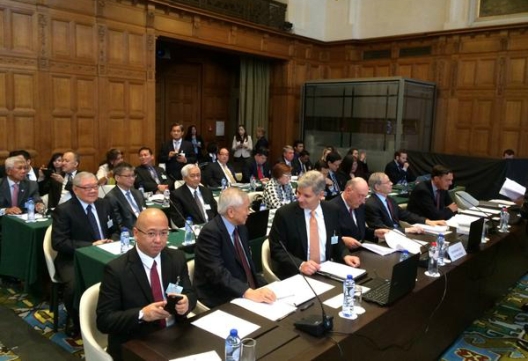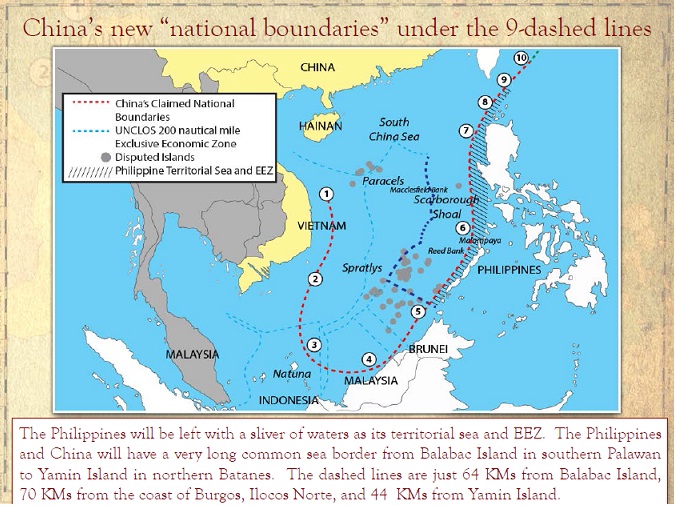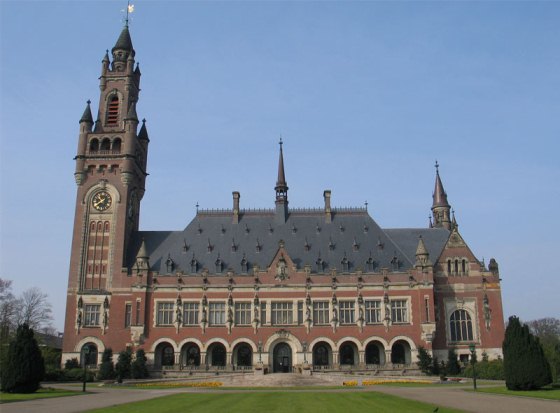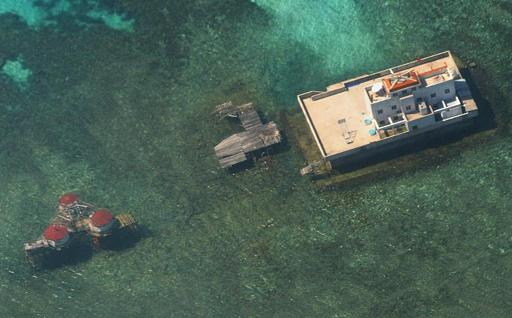He said: “With only three oralists scheduled to make submissions before the Tribunal, why is it that we have a delegation of at least 35? I say at least because the number does not include our foreign counsels and their staff. I believe the correct number of our delegation should be at least 50. That’s 50 business class tickets and 50 de luxe rooms at five-star hotels in very expensive The Hague!”
Lacierda did not refute Roque’s numbers so I suppose the latter’s information was correct. From news reports from The Hague I have only the following names:
1. Solicitor General Florin Hilbay
2. Foreign Affairs Secretary Albert F. del Rosario
3. Senior Associate Justice Antonio Carpio
4. Associate Justice Francis Jardeleza
5. Speaker Feliciano “Sonny” Belmonte, Jr.
6. Executive Secretary Pacquito Ochoa, Jr.
7. Defense Secretary Voltaire Gazmin
8. Justice Secretary Leila de Lima
9. Sandiganbayan Justice Sarah Jane Fernandez.
10. Presidential Adviser on Political Affairs Secretary Ronald Llamas,
11. Chief Presidential Legal Counsel Benjamin Caguioa
12. Undersecretary Emmanuel Bautista, executive director of the Cabinet cluster on security, justice and peace
13. Deputy Executive Secretary for Legal Affairs Menardo Guevarra,
14. Consul General Henry Bensurto
15. Paul S. Reichler and Lawrence H. Martin (Foley Hoag LLP, Washington DC, United States of America);
16. Professor Bernard H. Oxman (University of Miami School of Law, Miami, United States of America);
17. Professor Philippe Sands QC (Matrix Chambers, London, United Kingdom); and
18. Professor Alan Boyle (Essex Court Chambers, London, United Kingdom Paul Reichler, head of the Legal team
19. Deputy presidential spokesperson Abigail Valte

hilippine delegation fill the hearing room at the Peace Palace, The Hague, Netherlands. Photo by Aigail Valte.
Valte defended the size of the delegation saying people should not “compute the support of a government united to fight for the country.”
We will never probably never know the true amount spent for this big delegation but I estimate it to be not less than P25 million.
Roque wrote in his blog: “I am currently in Pangasinan documenting how fishermen have been deprived of livelihood by the Chinese who have taken over their traditional fishing grounds in Panatag shoal. You don’t need a degree from the Kennedy School of Government to conclude that the money spent for the mirons in The Hague should have been used to assist the displaced fisher folks of Panatag instead. Oh well, only in this administration do you have policy makers fleecing off the people’s misery! Talk of the ultimate junket at The Hague! “
Roque further said, “All told, our delegation should not have exceeded 10 given that we have a full-fledged diplomatic mission there headed by our very capable Ambassador Jet Ledda and ably assisted by Atty Peachy Defensor, youngest sister of Inday Miriam. I would understand why the Office of the Solicitor General, the Supreme Court Justices and the Department of Foreign Affairs should be there. But 35 in addition to our foreign counsels? Come on!”
A lawyer who goes by the blog name “Saxnviolins” said it’s Lacierda who is KSP: Kulang sa paliwanag (short in explanation.)
Saxnviolins stressed that the The Hague occasion is “Legal arguments – hearing on jurisdiction.”
He asked: “Ano naman ang contribution ni Gazmin diyan? Is he going to testify on the military installations as proof of China’s aggressiveness? Eh hindi naman niya nakita, he is not a pilot. Besides, kung yun lang, you can introduce photos as evidence. In the words of Inday Badiday, careful, careful. Military matters are not within the jurisdiction of the ITLOS. because military action is the quintessential sovereign act, and therefore, the province of the ICJ.
“Si Belmonte? Ano naman ang silbi? What about Ochoa?”
His most scathing remark was reserved for Llamas: “At ang pinakamalaking ano ang silbi, yung pirated-DVD-purchaser, Ronald Llamas. Ano ang silbi niyan?”
Saxnviolins also wondered what has a justice in a graft court got to do with the PH case versus China?
“They brought along Sandiganbayan Justice Sarah Fernandez. What? May Philippine graft and corruption angle ba yan? The only graft and corruption I see is the waste of tax money on a junket,” he said.
He said it’s true Fernandez was once with the Office of the Solicitor General. “So what? Isang katerba na nga ang foreign counsel. I doubt there is anything they can contribute that Paul Reichler does not already know.”
Another blogger , MP Rivera,surmised what Llamas is doing in the hearing in The Hague: “Baka kukuha ng record si Llamas sa mga hearing at ibebenta sa Recto. Sideline nga naman!”
Are you sure it’s the hearing that he would be making a video recording? Don’t forget The Hague is just a short train ride to Amsterdam – where window shopping is of the lusty kind.






